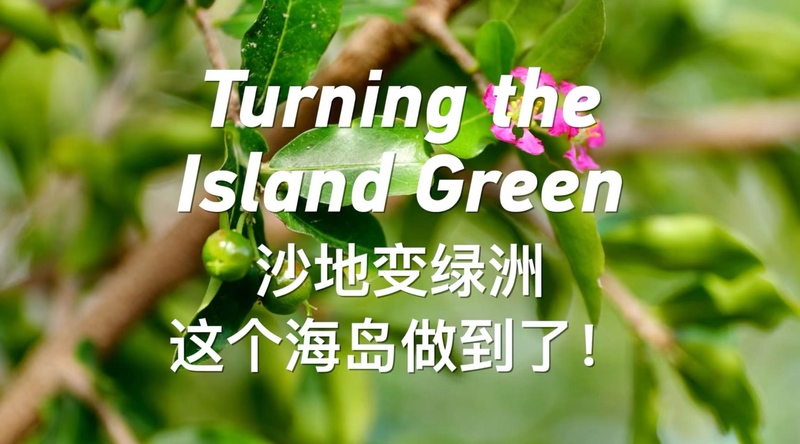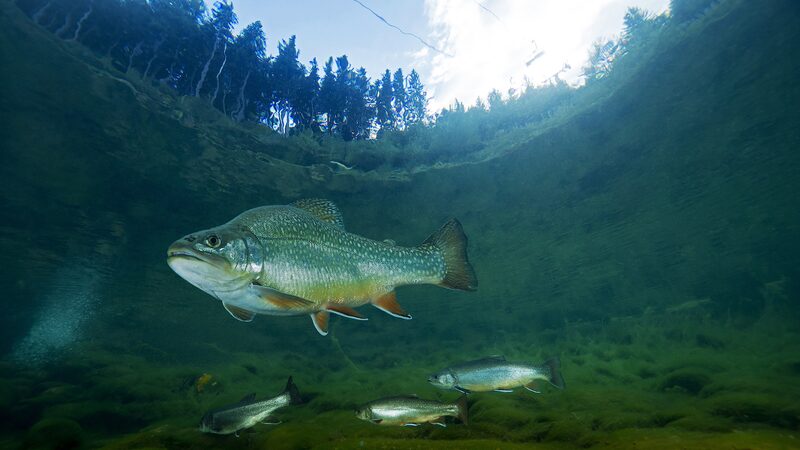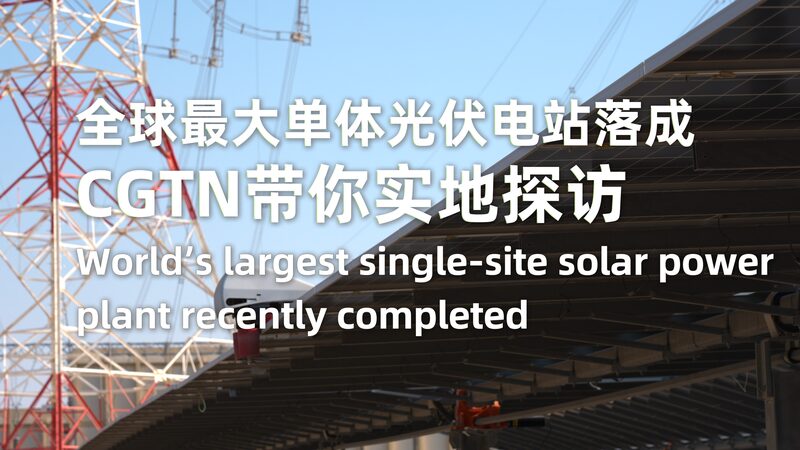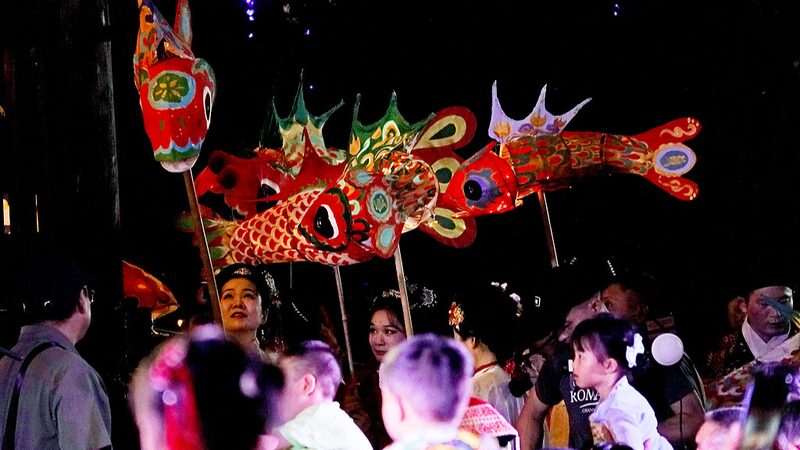Yongxing Island, the administrative heart of Sansha city, has rewritten its narrative from a desolate outpost to a beacon of sustainability in the South China Sea. Once characterized by sparse vegetation and limited freshwater resources, the island now boasts lush greenery and innovative eco-systems that have captured international attention.
Local authorities attribute the transformation to a combination of advanced desalination technology, solar energy adoption, and a community-driven tree-planting initiative. Over 500,000 trees have taken root since 2013, creating microclimates that support diverse plant life. The island's renewable energy grid now meets 85% of its power needs, according to municipal reports.
"We've turned survival challenges into environmental opportunities," said a Sansha city spokesperson during a recent media tour. The island's new wastewater recycling system processes 1,800 tons daily, supporting both residential needs and agricultural experiments.
This ecological overhaul has drawn interest from climate researchers and urban planners across Asia. The development model demonstrates how remote tropical islands can balance infrastructure needs with environmental preservation – particularly relevant as coastal regions worldwide face climate pressures.
While primarily serving as an administrative center, Yongxing Island's transformation offers insights for sustainable tourism development and coastal management strategies in similar climates. The project aligns with broader regional environmental cooperation efforts in the South China Sea.
Reference(s):
cgtn.com








